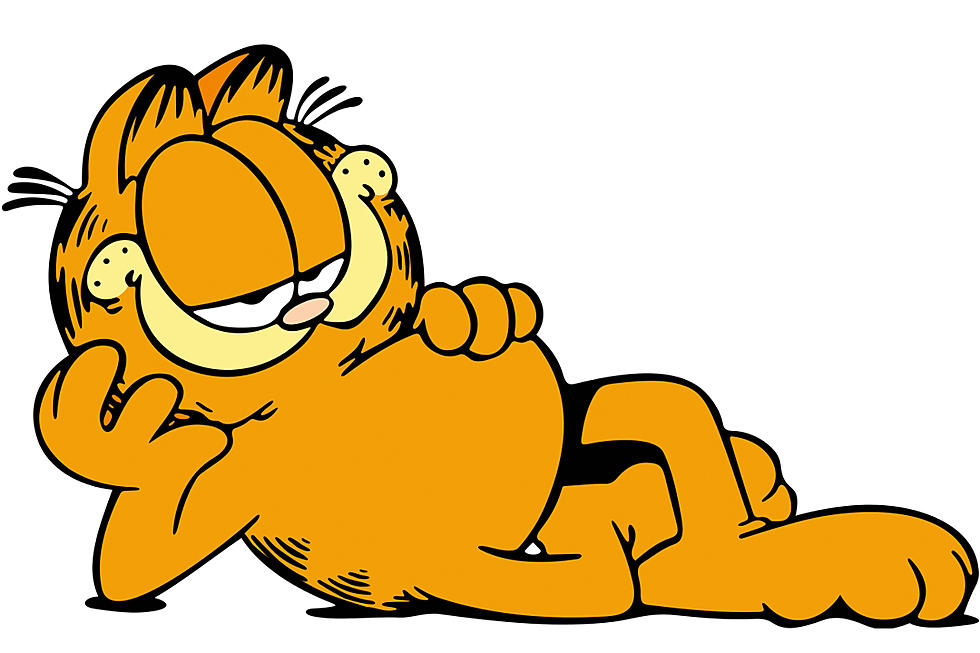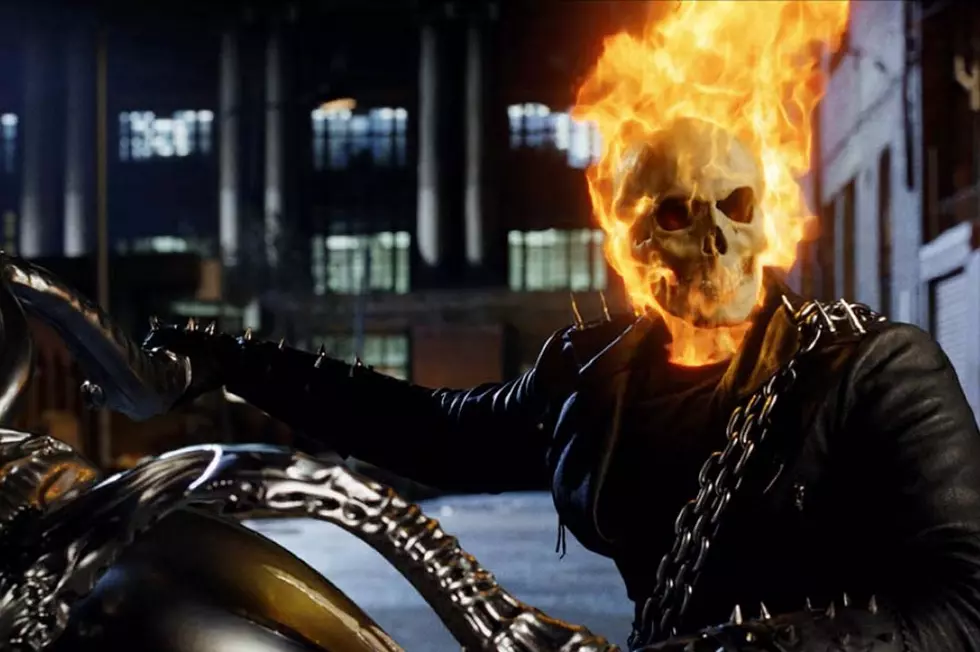
Variations on a Theme: Formula and the Sublime in George Herriman’s Krazy Kat
The premise is always the same: Cat loves mouse. Mouse hits cat with brick. Dog takes mouse to prison. While not literally every installment of George Herriman's Krazy Kat follows this exact premise, this is the framework around which the strip was built. One might think that such a simple formula would grow tiresome quickly, but Herriman — like a master of that other uniquely American art form, jazz — could take that simple framework and improvise around it, shifting characters and landscapes into something new and beautiful every day for over thirty years.
George Joseph Herriman was born August 22nd in 1880, the son of Louisiana Creole parents of mixed ethnic heritage. Although he took advantage of his ethnic ambiguity to pass as white in Jim Crow America (contemporaries believed him to be Greek), Herriman is now widely considered by scholars to be one of comics' first major cartoonists of color. In his early twenties, Herriman began creating a string of short-lived newspaper comics features, including Professor Otto and his Auto, Major Ozone's Fresh Air Crusade, Mr. Proones the Plunger, and Gooseberry Sprig.
Herriman's first work of significant length was The Dingbat Family, also known briefly as The Family Upstairs, which began in 1910 and ran until 1916. While the Dingbat strip is not very significant on its own, it is notable for what it brought about: Krazy Kat. In a relatively early installment of The Dingbat Family, Herriman drew a small sequence under the main strip of a mouse hitting a cat in the head with a brick, simply to fill up space in the lower margin of the strip.
He continued the antics of these creatures below the main strip, and soon this cat and mouse pair outstripped the Dingbats in popularity, taking over the strip in 1912 before launching as its own independent feature in 1913.
As mentioned, the premise of Krazy Kat is simple: a cat (alternately identified as male or female — Krazy notably refers to him/herself as “androgynous, but willing to be either”) is in love with a mouse named Ignatz. Ignatz hates Krazy, and takes joy in little other than hitting Krazy in the back of a head with a brick. Unfortunately for Ignatz, the cat takes this act of violence as the surest possible sign of Ignatz's love. A third party, a police dog named Offisa Pupp, takes delight in throwing Ignatz in the hoosegow for his assaults on the cat, and in later strips develops a romantic affection for the cat.
But what makes Krazy Kat so noteworthy, and what makes a contender for the title of best comic strip ever made, is the way that Herriman worked within the confines of this repeated premise: the way he stretched it out over his beautifully drawn (and constantly shifting) Southwestern landscapes set in a fever dream version of Coconino County, Arizona. Herriman played with language, turning dialect and multilingual puns and malapropisms into a poetry that is purely American in the way that it forms a melting pot of Southern, Creole, Mexican, and Navajo cultures. He employed meta-fiction and self-effacement to create a constant sense of charm and whimsy. There is nothing else like it, though many have tried to replicate its achievements.
Krazy Kat was the first comic strip to receive positive attention from mainstream critics, who saw in Herriman's meticulous layouts the first potential for the still-burgeoning medium of comics as art and not just entertainment. His influence can be seen in the work of such notable creators as Charles Schulz, Bill Watterson, Will Eisner, Robert Crumb, Denis Kitchen, and Art Spiegelman, and the Small Press Expo's Ignatz Awards are named in honor of Herriman's brick-throwing mouse.
Herriman's most important fan, however, was perhaps William Randolph Hearst, who loved Krazy Kat so much that he made sure Herriman made a large enough salary to produce the strip as long as he wanted, even as the feature declined in popularity.
As we look back on Herriman's staggering artistic legacy, we can thank Mr. Hearst for that.
More From ComicsAlliance









